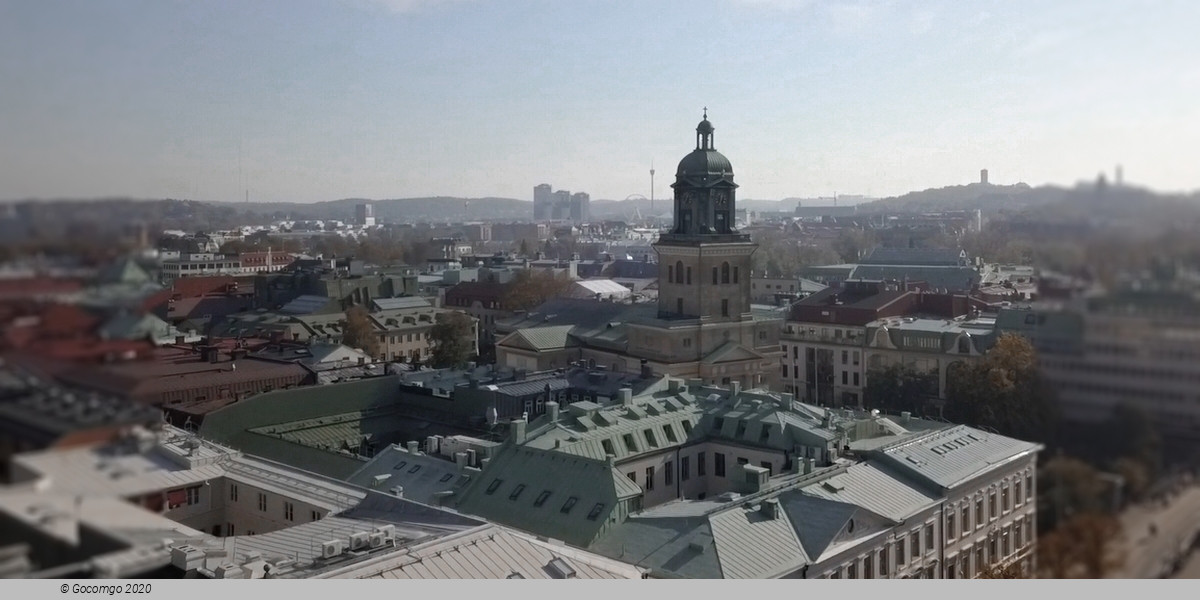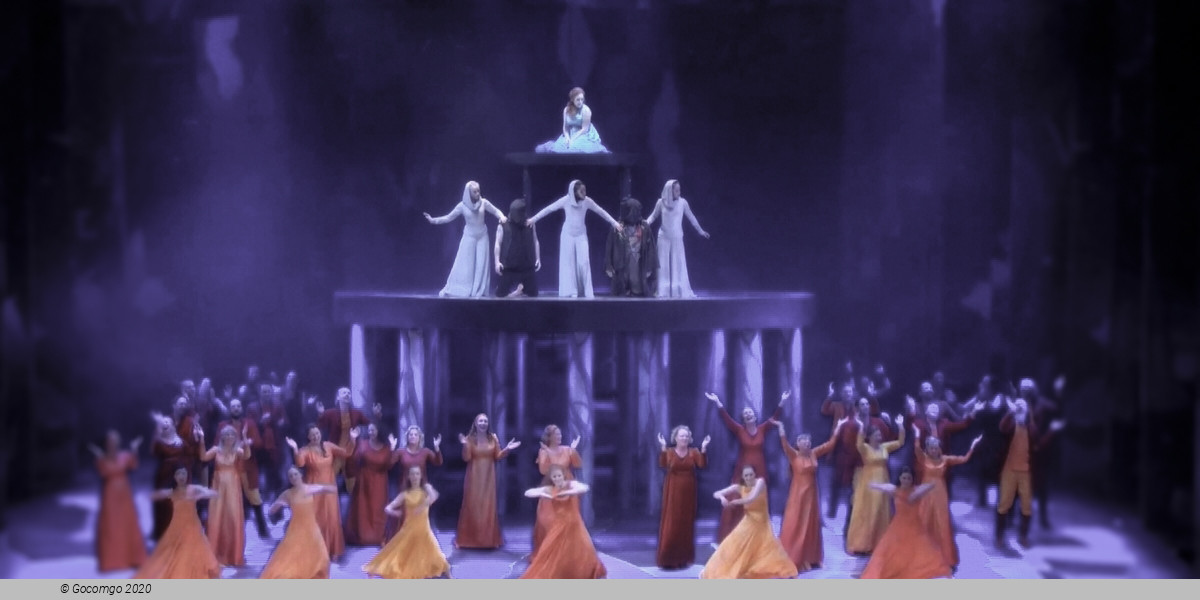Venues in Gothenburg

Gothenburg is the second-largest city in Sweden, fifth-largest in the Nordic countries, and capital of the Västra Götaland County. It is situated by Kattegat, on the west coast of Sweden, and has a population of approximately 570,000 in the city proper and about 1 million inhabitants in the metropolitan area. Gothenburg was founded as a heavily fortified, primarily Dutch, trading colony, by royal charter in 1621 by King Gustavus Adolphus.
History
In the early modern period, the configuration of Sweden's borders made Gothenburg strategically critical as the only Swedish gateway to Skagerrak, the North Sea and Atlantic, situated on the west coast in a very narrow strip of Swedish territory between Danish Halland in the south and Norwegian Bohuslän in the north. After several failed attempts, Gothenburg was successfully founded in 1621 by King Gustavus Adolphus (Gustaf II Adolf).
The site of the first church built in Gothenburg, subsequently destroyed by Danish invaders, is marked by a stone near the north end of the Älvsborg Bridge in the Färjenäs Park. The church was built in 1603 and destroyed in 1611. The city was heavily influenced by the Dutch, Germans, and Scots, and Dutch planners and engineers were contracted to construct the city as they had the skills needed to drain and build in the marshy areas chosen for the city. The town was designed like Dutch cities such as Amsterdam, Batavia (Jakarta) and New Amsterdam (Manhattan). The planning of the streets and canals of Gothenburg closely resembled that of Jakarta, which was built by the Dutch around the same time. The Dutchmen initially won political power, and it was not until 1652, when the last Dutch politician in the city's council died, that Swedes acquired political power over Gothenburg. During the Dutch period, the town followed Dutch town laws and Dutch was proposed as the official language in the town. Robust city walls were built during the 17th century. In 1807, a decision was made to tear down most of the city's wall. The work started in 1810 and was carried out by 150 soldiers from the Bohus regiment.
Along with the Dutch, the town also was heavily influenced by Scots who settled down in Gothenburg. Many became people of high-profile. William Chalmers, the son of a Scottish immigrant, donated his fortunes to set up what later became the Chalmers University of Technology. In 1841, the Scotsman Alexander Keiller founded the Götaverken shipbuilding company that was in business until 1989. His son James Keiller donated Keiller Park to the city in 1906.
The Gothenburg coat of arms was based on the lion of the coat of arms of Sweden, symbolically holding a shield with the national emblem, the Three Crowns, to defend the city against its enemies.
In the Treaty of Roskilde (1658), Denmark–Norway ceded the then Danish province Halland, in the south, and the Norwegian province of Bohus County or Bohuslän in the north, leaving Gothenburg less exposed. Gothenburg was able to grow into a significant port and trade centre on the west coast, because it was the only city on the west coast that, along with Marstrand, was granted the rights to trade with merchants from other countries.
In the 18th century, fishing was the most important industry. However, in 1731, the Swedish East India Company was founded, and the city flourished due to its foreign trade with highly profitable commercial expeditions to China.
The harbour developed into Sweden's main harbour for trade towards the west, and when Swedish emigration to the United States increased, Gothenburg became Sweden's main point of departure for these travellers. The impact of Gothenburg as a main port of embarkation for Swedish emigrants is reflected by Gothenburg, Nebraska, a small Swedish settlement in the United States.
With the 19th century, Gothenburg evolved into a modern industrial city that continued on into the 20th century. The population increased tenfold in the century, from 13,000 (1800) to 130,000 (1900). In the 20th century, major companies that developed included SKF (1907) and Volvo (1927).


